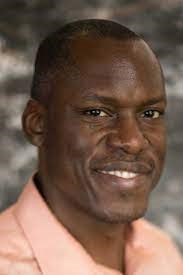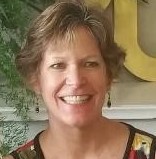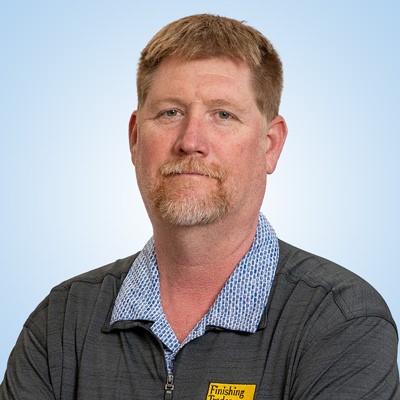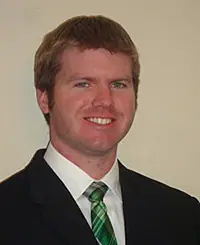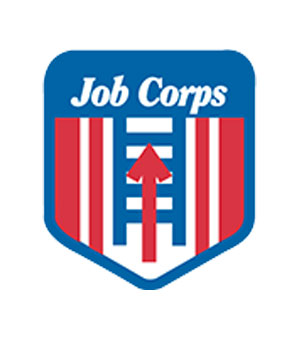
Paul Nikstad
Department: Workforce
Tell us a little about your background?
I am originally from Wausau, WI. I attended the University of Wisconsin-Eau Claire and have a BA in Sociology. I started working at the Humphrey Job Corps in 2009 helping students transition into employment. I was promoted to Career Development Manager in 2014 and spent four years working with several departments: Technical Training, Counselling, Work Based Learning and Career Preparation. In 2018, I started as a Project Director overseeing Outreach and Admissions activities and Career Transition Services. My first appointment to the Ramsey County WIB was in 2017. I joined the Youth Committee at the same time and became the Chair of the Youth Committee in 2018.
Share about the work of Job Corps.
Job Corps is a free residential career training program for youth ages 16-24. It was founded in 1964 as a part the Johnson Administration’s War on Poverty and is supervised by the US DOL. The Hubert H. Humphrey Job Corps utilizes an 8-acre campus on Snelling in St. Paul that used to be Bethel College. We typically serve 264 students at a time through a continuous enrollment model. Students can work on vocational training in seven different trades, receive a high school diploma, earn industry credentials, driver’s license, and receive career supports. We are always recruiting young people to enroll and always seeking employer partners to help our young people find good jobs.
How have you leveraged your role on the WIB to support the work of Job Corps?
Participating with the WIB was influential in my day-to-day work from the beginning. Before I was oriented to the group, my views of Job Corps and the community was isolated to our program. Learning about the other organizations that provide services in Ramsey County helped me better understand Job Corps’ role as well as what we could do to better contribute. I was able to bring back resources and benefits to students that we hadn’t previously utilized. We met partners that send us students and found business that wanted to engage with graduates. We’ve invited leaders from the WIB to join our Workforce Council to ensure our training is sound. We’ve improved relationships with government partners. Overall, we have made many small changes to our program as a result of participating, but those many small changes represent a large shift to refine our services and outcomes.
Where do you see the most opportunities for youth entering the workforce at this time?
One of the terms we use at Job Corps is career pathways. Pathways, for us, represent the different ways that young people can receive career training including apprenticeships, military, advanced training (like community based or CTE programs) and college. There are more opportunities to receive career training than there were in the past. Many employers are taking a more active role in training employees. It is no longer a requirement to go deeply in debt in order obtain a high paying job. Construction, Healthcare, Technology; all have more positions than they can fill locally and nationally. Young people don’t need to know everything about pathway opportunities. Find a trusted resource can help navigate those systems and help you make the best decision. Similarly, ask lots from your role models in the workforce. Find out more about their pathway to employment and ask how you can position yourself to step in when the opportunity arrives.


